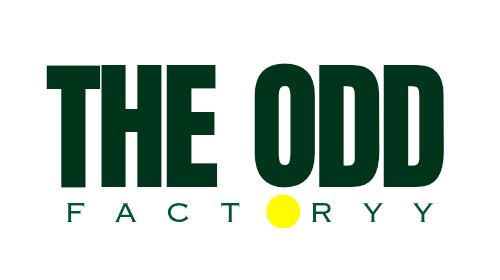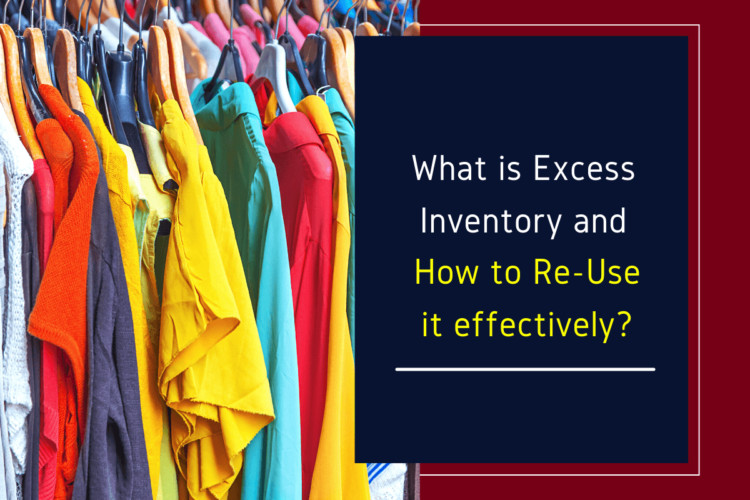Excess inventory is frequently generated by a misperception in customer demand in industries that deal with fast-moving consumer goods where demand is difficult to estimate, resulting in corporations over-stocking in slower-moving items.
When a product remains on a shelf or in a warehouse unused, it signifies a waste of all the resources used to create it. Excess inventory must be disposed of when it cannot be sold due to considerations such as expiration or damage. Excess inventory is not only a waste of all the money and energy that went into its creation, but it is also often extremely harmful to the environment.
But in the fashion industry, luxury clothing manufacturers India are aiming towards reusing these inventories in innovative ways!
Now that we know What is excess inventory, lets talk about what are some general ways to deal with it.
Towards the end of the blog, we will discuss you can reuse your excess inventory in the fashion industry!
What are excess inventory and how to re-use it effectively:
What you have to do is purchase the appropriate goods at the appropriate price and deliver the appropriate quantity to the appropriate location at the appropriate time. Store personnel will place a product on the shelf seconds before the customer arrives into the aisle if retailers execute this flawlessly.
In today\’s fast-paced world, however, this is easier than it sounds.
A precise demand estimate can open up a slew of new options for minimizing inventory expenses. Past performance can only take you so far. Seasonal buying habits, changes in the competitive environment, changes in the assortment, and other factors all influence what and when people buy. True demand forecasting necessitates the examination of hundreds of variables for each SKU in each shop. Best garment manufacturers in India always create the most accurate demand charts to identify how much to produce.
Integrate your providers into your supply chain operations whenever possible. This will ensure that you receive the correct products at the appropriate time. You\’ll have more visibility over how your product goes through the supply chain, and you\’ll save money by avoiding the costs of fluctuating vendor lead times.
Some other quick tips include:
- Reduce the time it takes for suppliers to respond.
- Reduce the time it takes for products to be made.
- Boost supply stability.
- Increase the accuracy of forecasts
- Reassess service levels and deal with capacity concerns
- Order sizes should be smaller.
- Reduce the number of goods in the supply chain by reorganizing it.
- Questionable practices should be eliminated.
- Demand fluctuation should be reduced.
- Reduce the size of production lots.
Upcycle to re-use inventory with The ODD Factory:
Upcycling and repurposing garments help us make a difference in the world.
Creative production solutions, zero waste, and generating new end-of-line items with left-over material may help you save money, expand your product range, increase production efficiency, and build a strong market-trending-consciously-sustainable brand.
Create new fabric-based items, fashion accessories, transform excess textiles into beautiful present wrapping material, construct belts, headbands, all forms of fashion knit bits, patch-worked clothing, and other inventive things using these materials. Upcycling has many potentials. Our goal is to make it as distinctive and creative as possible for your business and consumer so that you stand out and enjoy what you do as much as we do!
We can actually be your excess inventory buyers and repurpose your inventory for a new look!
We can collaborate with you on ideas or you can leave it totally to us. It is up to you to take a step closer to a world that is ours!



